Once Upon a Bite's new season traces evolution of little seeds and plants that enhance global cuisine, Li Yingxue discovers.
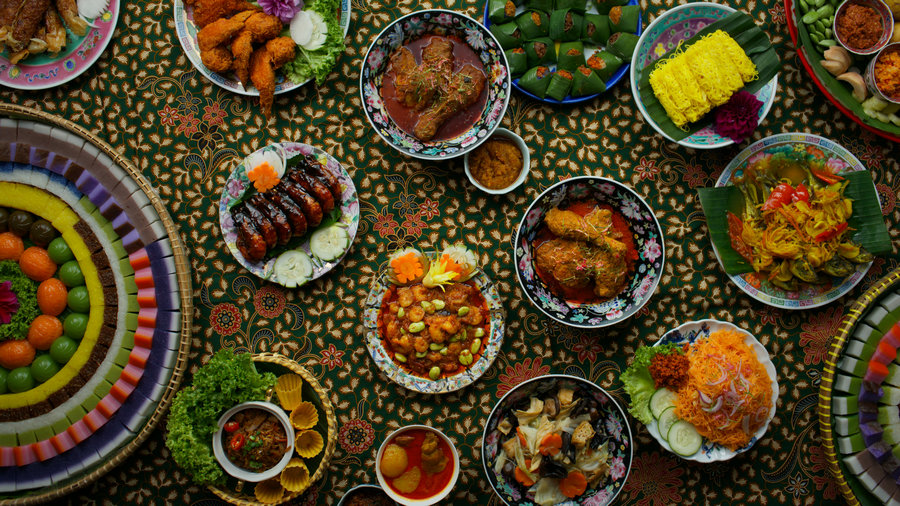
Once prized as treasures worth their weight in gold and serving as bridges between Eastern and Western civilizations, spices are an essential part of everyday life. From the ancient Silk Road to modern supermarket shelves, their influence has spread to every corner of the globe.
But how well do we truly understand these small seeds, barks and leaves? How have they shaped diverse culinary cultures and in what subtle ways do they continue to impact our daily lives?
The fifth season of Once Upon a Bite, focusing on The Spice Legends, takes an in-depth journey to answer these questions. With a global perspective, the series traces the origins, expansion and evolution of spices, illustrating how they influence human life and become woven into our shared cultural heritage. It invites viewers to rediscover these "familiar strangers".
Premiering last month on Tencent Video, the seven-episode documentary series has quickly resonated with audiences, climbing to the top of the platform's documentary charts, trending lists and food documentary rankings to secure the No 1 spot.
This series not only takes viewers on a deep dive into essential culinary seasonings like chili peppers, cinnamon, pepper and garlic — staples in daily meals — but also broadens the horizon, exploring the global boundaries of fragrant creations. It follows the flow, migration, conquest and integration of spices, offering a global perspective on unique Chinese cuisines.

After the third season's focus on seafood and the fourth on grains, this season's spotlight shifts to the often-overlooked world of spices — appearing as supporting characters in previous seasons' episodes.
Producer Zhu Lexian explains that the aim of Once Upon a Bite is to uphold continuity and thematic expansion. "What started as a singular focus evolved into a vast series, with each season offering new angles and sensory experiences, touching on taste, smell, sight and sound. Season 5 adds a fresh chapter to the Once Upon a Bite universe," Zhu says.
According to chief director Chen Xiaoqing, the spice theme is not just a shift in narrative focus but serves to deepen the understanding of food as a whole. "Spices make eating an intriguing experience. We want to tell a story that you can actually smell," he says.
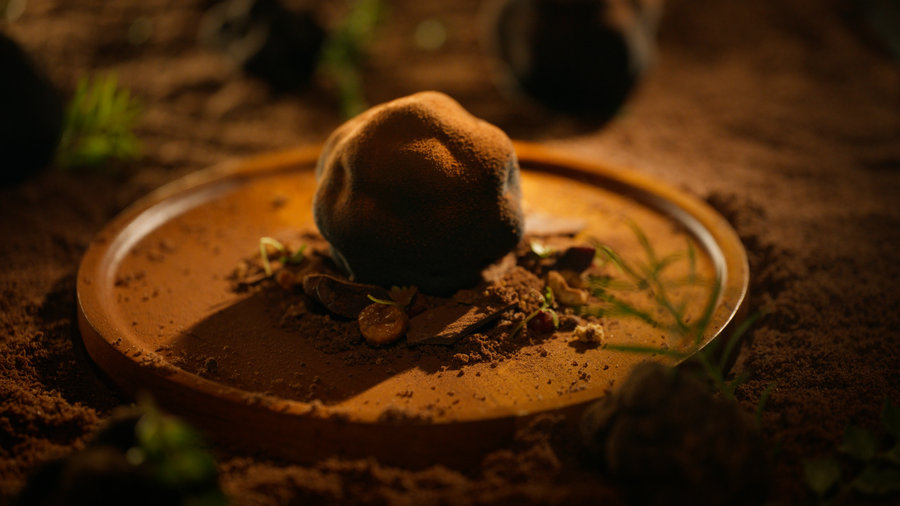
Pepper, cumin, fennel ... these are "small heroes". The first episode focuses on the story of seed-based spices. It includes the history of black pepper, one of the earliest global spices, and how it journeyed from South Asia to reach every corner of the world, ultimately dominating dining tables worldwide.
Guo An, director of this episode, recalls that before working on this theme, he thought of spices as merely a cooking additive. However, through research and preparation during the filming process, he gradually learned that small spices not only enhance but also play a role in balancing and controlling flavors.
"The most profound takeaway from filming spices was the sense of depth in flavors. When I saw the beautifully presented dishes on the monitor during the shoot, I realized my sense of smell was deeply engaged. Suddenly, I could associate these beautiful images with a sensory memory of scent," he says.
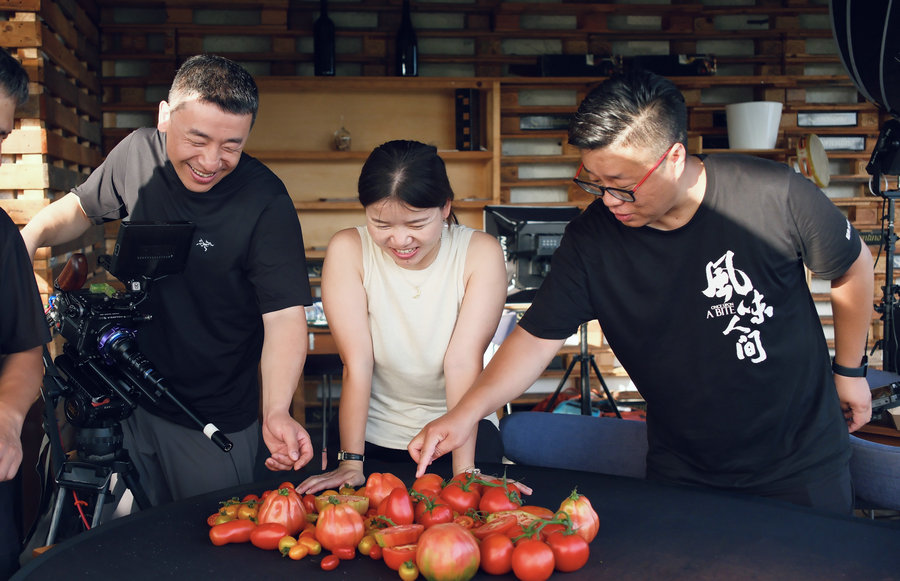
Chief director Liu Shutong explains that the documentary took two and a half years from planning to release, with the preproduction phase involving extensive research and preparation, which consumed a significant amount of the team's energy.
"Spices like Sichuan pepper (or Chinese prickly ash), saffron and star anise, which are featured this season, were touched upon in previous episodes. However, this season we focused more on a systematic approach, showcasing how spices have influenced human diets and shaped eating habits," Liu says.
Liu emphasizes that the documentary doesn't only focus on spices as they are today but aims to explore how they gradually influenced our eating practices.
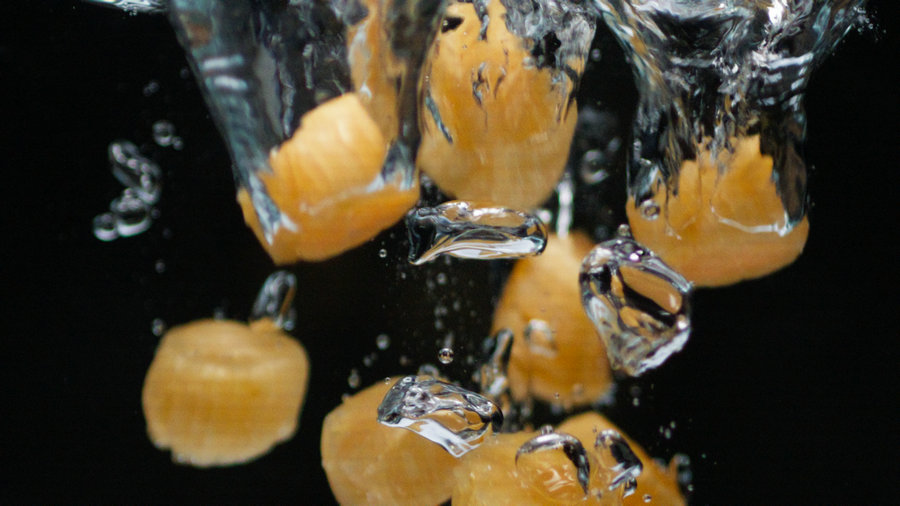
"After humans began farming, the range of food was quite narrow. Eating noodles or rice every day can become monotonous," he says. "Spices have made our meals more vibrant and diverse. I think this is the biggest effect of spices. They make the world more colorful.
"We also view the history of spices as a different perspective on culinary culture. The ones we explore in this series reflect the changes in food culture over time," he adds.
This season also has the highest proportion of overseas content in the Once Upon a Bite series.
"When selecting overseas topics, we sought common ground through Chinese cuisine. By choosing relevant content, the audience feels more connected. At the same time, we leveraged global cuisines to offer viewers a worldwide view of food," Liu says.

When introducing basil in the documentary, the production team filmed at a mother-daughter-run pho shop in Vietnam. Liu explains that the team visited more than 100 pho shops before selecting the one that was ultimately featured. "Our core focus is to tell people's stories, not just picking a trendy spot," he says.
Liu also recalls a memorable filming experience at a barbecue restaurant in Texas in the United States. "I could see the barbecue owner's spirit — focus, passion for food, warmth toward the people around him, and a love for life," he says.
One challenge for Liu and his team was conveying the spices' scents to viewers. "Spices are all about smell but how do we 'translate' that? Unlike ingredients like meat or grains, whose appeal is more visual, an aroma is intangible," Liu says.
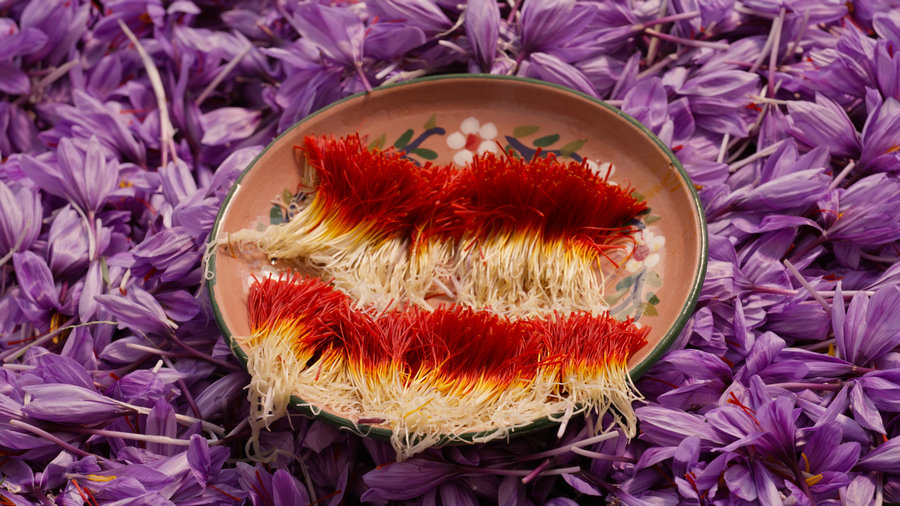
To make the spices appear more vivid, the team used dynamic and microscopic shots, including time-lapse sequences of plant growth and CGI effects. "We captured key moments when the flavor forms, whether it's blooming, growing, cracking or changing color," Liu says.
The team also employed montage techniques using visuals of familiar flavors to represent the unknown. For example, to show the numbing sensation of Sichuan peppers, they used images of vibrating water droplets and electrical currents and fiery chili peppers were represented by using images of volcanoes and molten lava.
Narration plays a crucial role as well. "Many spices are unfamiliar to the audience, so we used familiar tastes to describe them," Liu says. "For example, fennel is like mint with a hint of fruitiness and a mild numbing sensation.
"For saffron, we found foreign writers who described it as having hints of licorice, honey, and so on. Instead of using adjectives, we used more specific terms, aiming to give the audience a more intuitive sense of the flavor," he adds.
Music also played a key role in "translating" the scent of spices. Liu says the team wanted the music to maintain the series' consistent style while incorporating different instruments and chord progressions to help convey each spice's unique character.
"For example, the music during the saffron flower harvesting scene was specially composed to express the vitality and freshness of the plant," he says.


